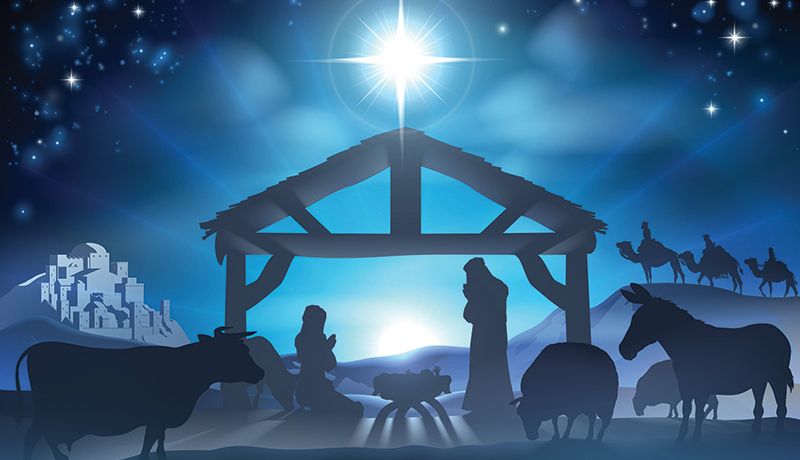
Sometimes it flies, sometimes it crawls, but it always passes inexorably. We mark it, save it, waste it, bide it, race against it. We measure it incessantly, with a passion for precision that borders on the obsessive. It is a familiar stranger, because it cannot be seen, touched, smelled, heard or tasted. Yet, it has as much reality as the ground you are standing upon.
Time
is so vitally enmeshed with the fabric of our existence that it’s difficult to
conceive of it concretely—and when we try, the result is less than
enlightening. We intuitively know what it is because we experience its passing,
but as natural as the notion of time may be have you ever tried to define it?
Ben
Franklin tried his best when he said, “Time is the stuff life is made of.”
Henry David Thoreau once mused, “Time is but the stream that I go a-fishing in.
I drink at it; but while I drink I see the sandy bottom and detect how shallow
it is.” St. Augustine wrote in his Confessions,
“If no one asks me, I know; but if any person should require me to tell him, I
cannot. My mind is on fire to understand this intricate riddle.” Perhaps the
most insightful and simple explanation that I’ve ever heard goes like this,
“Time is what keeps everything from happening at once.”
Not
only is the concept of time tough to pin down, but our experience of time in
hardly uniform. The classic poem, “Time’s Paces,” by Henry Twells encapsulates
this thought well:
When I was a babe and
wept and slept—time crept;
When I was a boy and
laughed and talked—time walked.
Then when the years
saw me a man—time ran.
But as I older
grew—time flew.
Soon, as I journey
on, I'll find time gone.
A
minute is a funny amount of time. It's long enough to notice, but it's too
short to do much of anything with. There are only about five hundred thousand
of them in a year. But when you add all of humanity together, a lot starts to
happen in that lowly minute. Consider what happens before the second hand of a
clock completes one rotation:
25
Americans will get a passport, according to the U.S. Department of State. 58
airplanes will take off around the world, according to the International Air
Traffic Association. 116 people will get married, according to data from the
United Nations. 144 people will move to a new home, according to Gallup. 11,319
packages will be delivered by UPS. 243,000 photos will be uploaded to Facebook.
5,441,400 pounds of garbage will be created, according to the World Bank.
7,150,000,000 human hearts will beat 500,500,000,000 times, as their bodies
create 858,282,240,000,000,000 new red blood cells, according to the National
Institutes of Health. Finally, 255 babies will be born and 107 people will die,
says Google.[1]


Those
amazing statistics should help us to never look at minute the same way again,
especially considering that one day will be one of those 107 to step into
eternity. While we may never fully grasp the nature of time, we are told in the
Bible to use it wisely. Ephesians 5:15-16 has been called the Bible’s key to
time management, “Look carefully then how you walk, not as unwise but as wise, making
the best use of the time, because the days are evil.”
The
word “redeem” contains the idea of rescuing from loss. Paul admonishes us to
treat time as something precious that must be rescued from being lost to
fruitlessness. But “redeeming the time” goes far beyond being efficient. It’s a
wonderful phrase that can also be translated “making the most of every
opportunity.” It suggests an attitude toward living that sees every situation
as the perfect occasion to do God’s will and influence others for Him.
I
remember a short story a preacher once told at the end of his sermon. As a
sculptor showed a visitor some marble figures displayed in his studio, an
unusual sculpture caught the guest's attention. It had two peculiar features.
Where the statue's face normally would have been, the sculptor had chiseled a
covering of hair, and on both feet were wings.
“What
is the name of this one?” asked the visitor. “Opportunity,” the artist
answered. “Why is its face hidden?” the onlooker wondered. “Because,” said the
craftsman, “we seldom know opportunity when he comes to us.” “And why does he
have wings on his feet?” “Because he is soon gone, and once gone, he cannot be
overtaken.”
Keep
your eyes peeled for the opportunities to present themselves this year. They
are brief moments of personal contact—a passing incident, the turn of a
conversation, or the “chance” meeting of an old acquaintance. Such times
present golden opportunities for caring, for witnessing, for eternal good. May
the Lord give us wisdom to grasp today’s opportunities and make time for what’s
important to Him. -DM
[1] Robinson
Meyer, "What Happens in One Minute Around the World?" The Atlantic, 14 March 2014 <
http://www.theatlantic.com/technology/archive/2014/03/what-happens-in-one-minute-around-the-world/284368/>

